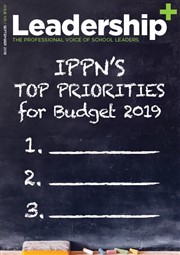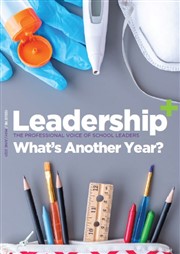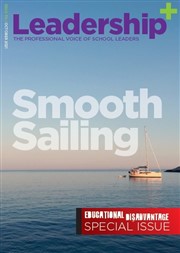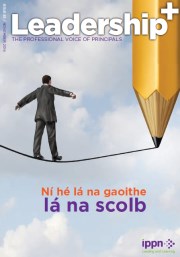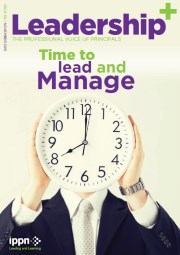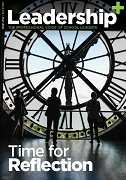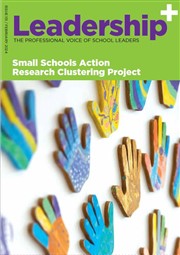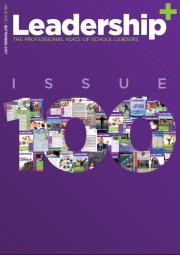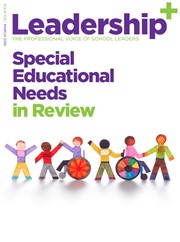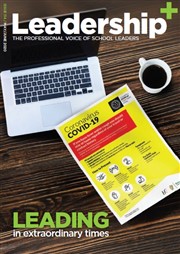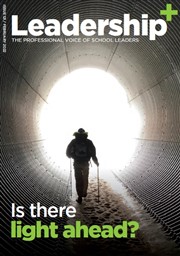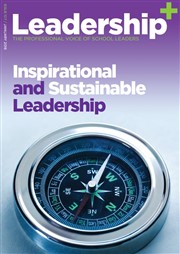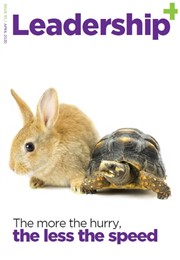School transport scheme costs rise sharply [Irish Independant]
- Published: 26 January 2009
Monday January 26 2009
source: Irish Independant
ALMOST 1,000 taxis and other wheelchair accessible vehicles are used to bring special needs students to schools every day.
But the Government is targeting the rapidly rising costs associated with the area in a bid to slash the bill for school transport.
New figures show that the number of taxis used for special needs students jumped from 386 in 2006 to 662 last year, while the number of wheelchair accessible vehicles used rose from 239 to 303.
Over the same period, the cost of escorts for special needs students went up from €9.77m to €14.89m, while grants to parents to assist them to make private transport arrangements for their children rose from €3m to €3.37m.
About 9,000 special needs students avail of free transport every day. A new Value for Money Review will look closely at the cost of bringing them to school. About 27pc of the total €196m budget for school transport goes on special needs students.
The figures emerged after the Irish Independent revealed how the HSE has spent more than €122m ferrying patients and staff around in taxis and minibuses over the past five years.
In 2003 more than €18m was spent on transportation. However, this jumped to €31.6m last year -- a 73pc increase.
The new study for special needs students' transport will look at encouraging greater use of mainstream services, where possible.
Another is attending the nearest suitable school -- at present some special needs students and their escorts are transported long distances at considerable expense.
Minister of State at the Department of Education Sean Haughey, who set up the audit, said that the total cost of the scheme in 1997 was under €50m but had gone up substantially since.
Scheme
The scheme, which was set up in 1967, carries about 140,000 pupils each school day; 55,000 of whom are in the post-primary sector, 76,000 are primary pupils and the remainder are pupils with special needs.
Bus Eireann operates the scheme on behalf of the Department of Education and Science. A total of 3,227 buses and taxis were used last year.
Mr Haughey stressed that there was no threat to the future of the scheme. He acknowledged that savings would be looked for but refused to speculate on what these might be.
However, it is expected that discussions will be held with Bus Eireann on the issue of greater flexibility in terms of the size of buses used to see if savings can be made by making greater use of larger buses.
- John Walshe Education Editor







